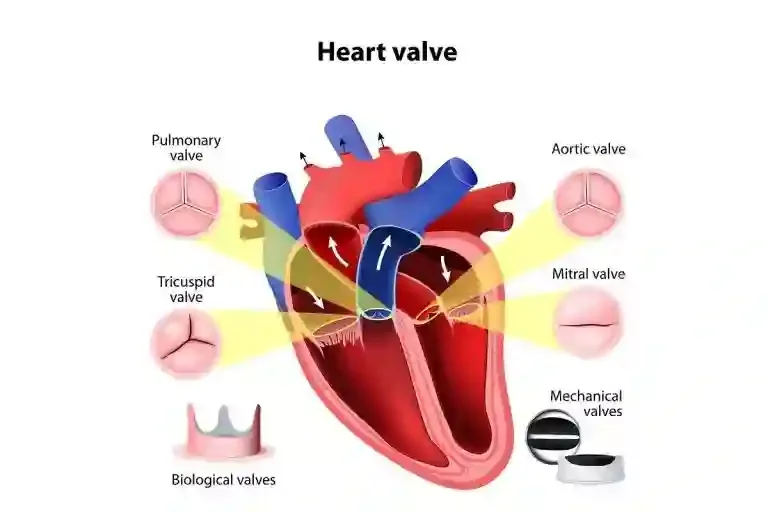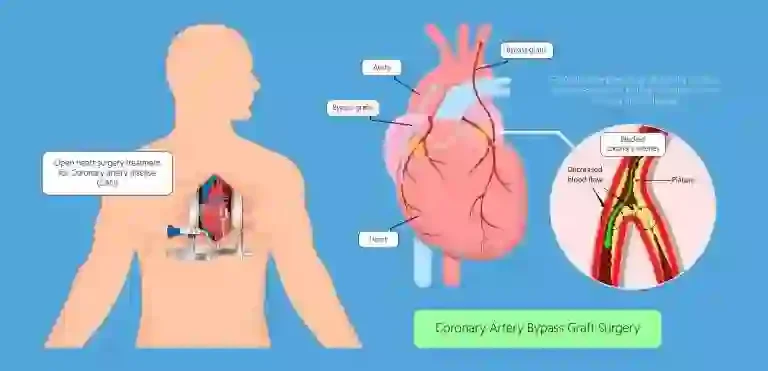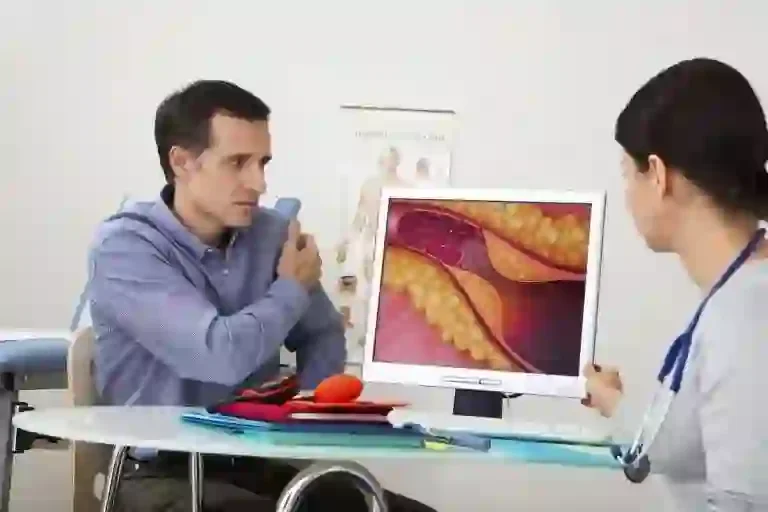Heart valve surgery and procedures are performed to repair or replace a valve in the heart that is not working properly because of valvular heart disease (also called heart valve disease). Heart valve replacement surgery is open-heart surgery through the breastbone, into the chest. It is a major operation that can last two hours or longer and recovery often takes several weeks. There are newer, less invasive procedures suitable for some types of valvular heart diseases.
Why is it Done?
In a healthy heart, valves control the flow of blood by making it move in one direction through the heart and the body. The valve can either become stenotic, which means it is narrowed and thus does not allow the blood to flow smoothly from one chamber to another or it starts leaking which hampers the forward flow of blood.
If your valve problem is minor, your doctor may monitor your symptoms or treat you with medication. If your condition is more serious, surgery is usually required to repair or replace the valve to prevent any lasting damage to your heart valve and your heart.
What is Done?
Depending on the problem, there are several different procedures for repairing or replacing valves.
1. Surgical Valve Repair
Surgical procedures are generally used for problems with the mitral or tricuspid valves.
2. Commissurotomy
It is a treatment for a tight valve. The valve flaps (leaflets) are cut to loosen the valve slightly, allowing blood to pass easily.
3. Annuloplasty
It is done for a leaky valve. There is a ring of fibrous tissue at the base of the heart valve called the annulus. To repair an enlarged annulus, sutures are sewn around the ring to make the opening smaller. Or, a ring-like device is attached around the outside of the valve opening to support the valve so it can close more tightly.
4. Valvulotomy
It is a procedure to enlarge narrowed heart valves. It can also be done with the help of a balloon.
5. Non-Surgical Valve Repair
Percutaneous or catheter-based procedures are done without any incisions in the chest or stopping the heart. Instead, a thin flexible tube called a catheter is inserted into a blood vessel in your groin or arm and then threaded through the blood vessels into your heart. Percutaneous or balloon valvuloplasty/valvotomy is used for stiffened or narrowed (stenosed) pulmonary, mitral, or aortic valves. A balloon tip on the end of the catheter is positioned in the narrowed valve and inflated to enlarge the opening. Percutaneous mitral valve repair methods – such as edge-to-edge repair – can fix a leaky mitral valve in a patient who is considered at high risk for surgery. A catheter holding a clip is inserted into the groin and up into the left side of the heart. The open clip is positioned beyond the leaky valve and then pulled back so it catches the flaps (leaflets) of the mitral valve. Once closed, the clip holds the leaflets together and stops the valve from leaking












